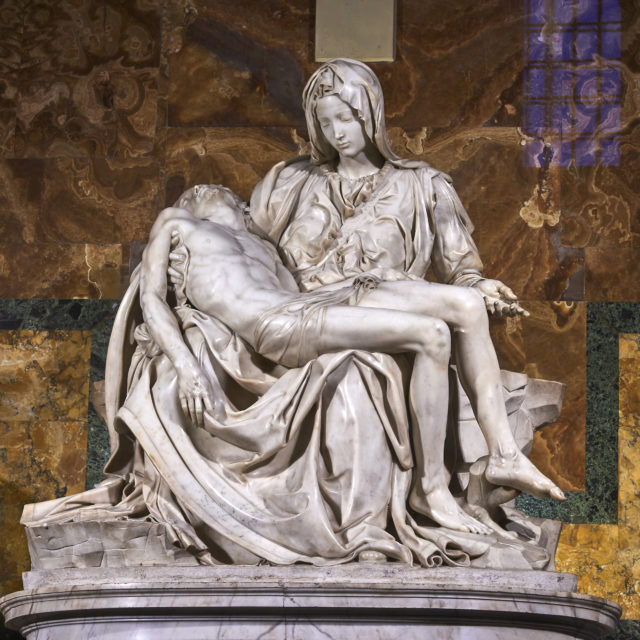What makes a thing beautiful? This question can be harder to answer than we first expect. Many today believe that beauty is purely subjective, that it exists solely “in the eye of the beholder.” But while our individual experience is indeed essential in order for us to perceive and delight in something beautiful, we know by faith that there is an objective standard of beauty which all created things reflect or illuminate to a greater or lesser degree. That standard is God Himself, Who by His very nature is Beauty, Truth, and Goodness.
Simply put, then, we might say that what distinguishes a thing of beauty is that it invites souls into a vivid encounter of God’s goodness. True beauty is our small and fragile glimpse of the Divine Goodness that is to be enjoyed perfectly only in the halls of Heaven.
To this end, Christ has established His Church as the vessel of salvation for all men and women. In her mission to save souls, the Church has always cultivated and promoted beauty in the arts, and in her own celebrations and liturgies, in order to lead souls to contemplation of God and an encounter with His abounding goodness and truth.
In this lesson, students will encounter Michelangelo’s beautiful sculpture depicting Mary cradling the lifeless body of her Son, which is known as the Pietà. They will then reflect on their experience of it, and discuss how the sculpture affirms, celebrates, or illuminates our Holy Catholic Faith.


